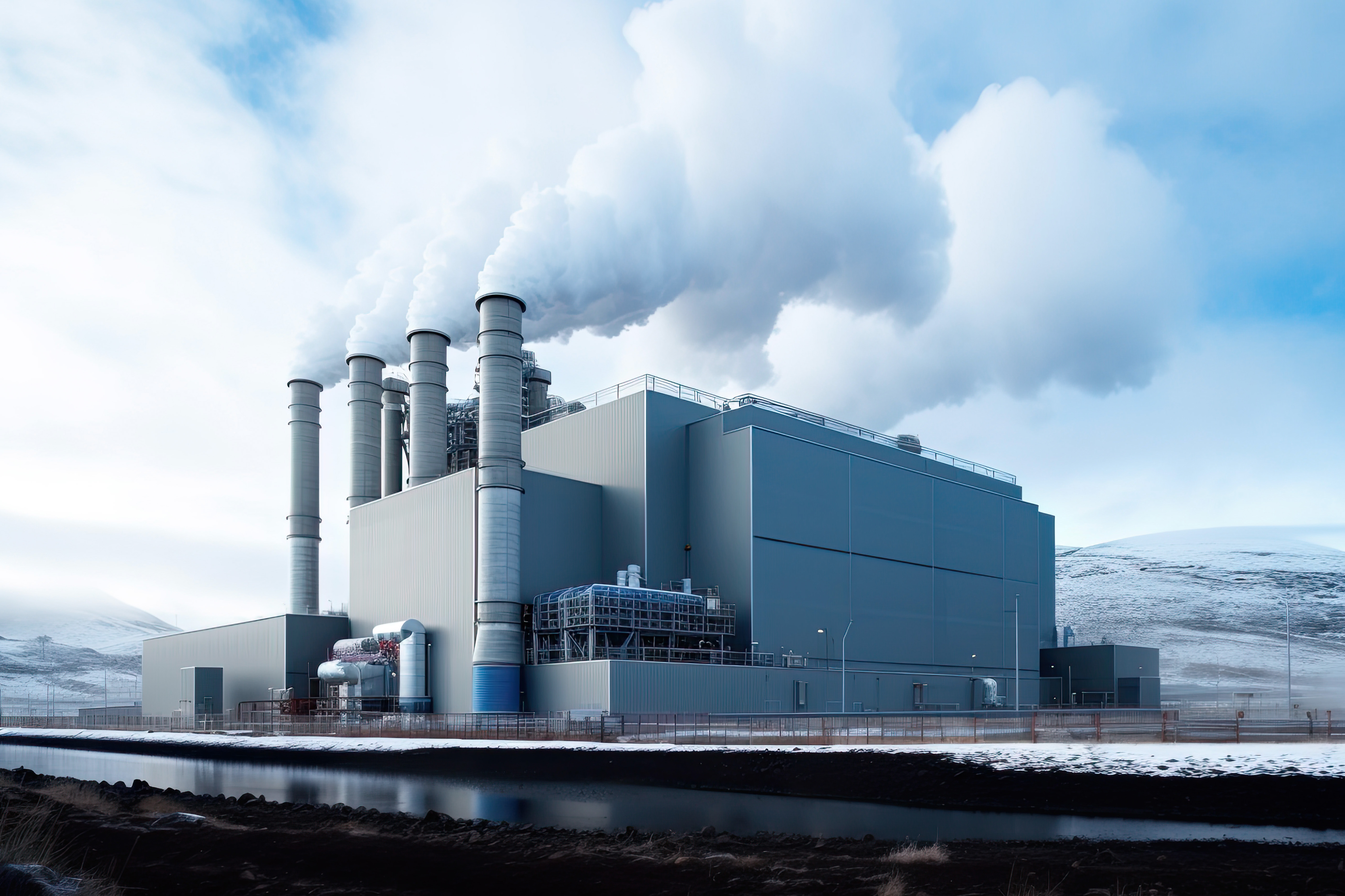In today's industrial world, the management of Volatile Organic Compounds (VOCs) has become a crucial priority, as well as the use of appropriate abatement systems. These pollutants can have a significant impact on air quality, human health, and the environment. To address this challenge, HFiltration employs advanced and sustainable abatement systems, thereby reducing the negative impacts that companies have on the environment.
What are Volatile Organic Compounds?
Volatile Organic Compounds are organic chemicals that can easily evaporate into the air at room temperature. These compounds originate from a wide range of industrial sources, including chemical production processes, food production, printing, and more. Their volatility makes them an environmental and public health concern, which is why it's essential to find effective solutions for their removal.
To address the issue of VOCs, various abatement systems are employed. The following technologies stand out for their effectiveness and sustainability:
1. Biofilters
Biofiltration is an innovative technology that utilizes a biologically active porous medium to channel gas emissions. This process allows aerobic microorganisms within the filter to degrade the compounds in the emissions. Not only is it a sustainable method, but it is also highly efficient in reducing VOCs and eliminating unpleasant odors.
2. Scrubber Wet Towers
Scrubber wet towers are a powerful filtration system for reducing volatile organic compounds and particulates in industrial emissions. In this process, polluted air is counter-currently washed in a wet tower, where the nebulized liquid impacts with the pollutants. This customizable technology can include various washing stages, such as Venturi scrubbers or floating wet towers, to adapt to specific needs.
3. Thermal Oxidizers
Thermal oxidizers are ideal abatement systems for eliminating volatile organic compounds and odors resulting from industrial processes. These devices use thermal oxidation, exposing polluted effluents to high temperatures up to 650°C to thermally destroy harmful compounds. There are various variants of oxidizers, including pure burners that consume high energy. For energy savings, recuperative burners are used to reuse the produced heat. This technology can increase the temperature of polluted air beyond 750°C and, in a self-sustaining mode, significantly reduces operational costs.
4. Activated Carbon Filters
Activated carbon filters represent an effective solution for air purification, as they allow the removal of pollutants and odors from a gas stream. This technology utilizes a highly porous material and an extremely wide specific surface area, selectively absorbing unwanted molecules. The efficiency of abatement systems is directly proportional to the available surface area and can vary significantly based on different factors, such as the type and concentration of the pollutant, humidity, temperature, air flow rate, contact time, and the particle size of the activated carbon used.
A Step Toward a Healthier Environment
The adoption of these technologies for VOC abatement is not only an industry necessity but also a step toward a healthier and more sustainable environment.
At HFiltration, we are committed to providing cutting-edge volatile organic compound abatement systems, thus contributing to a cleaner environment and improved public health.



